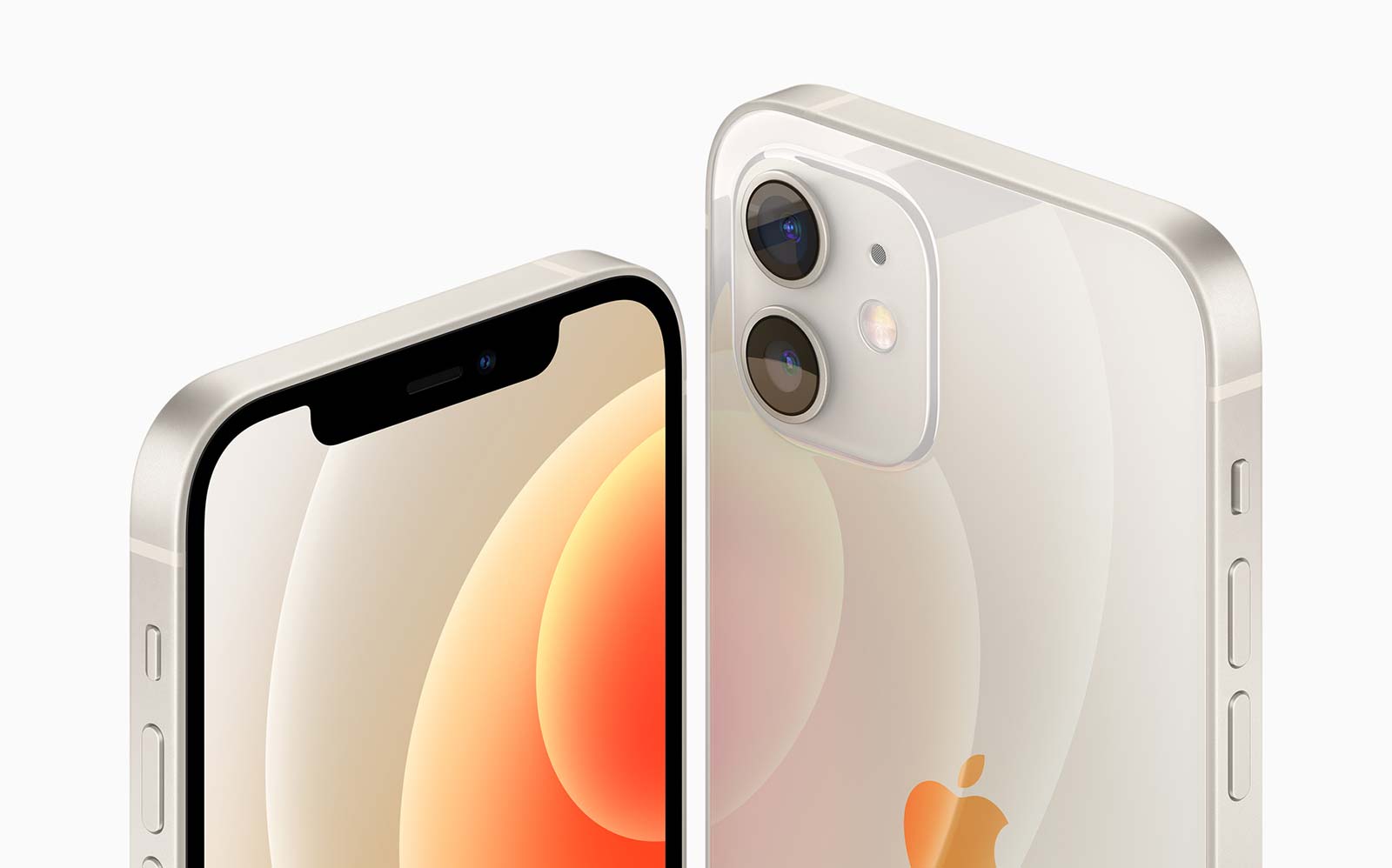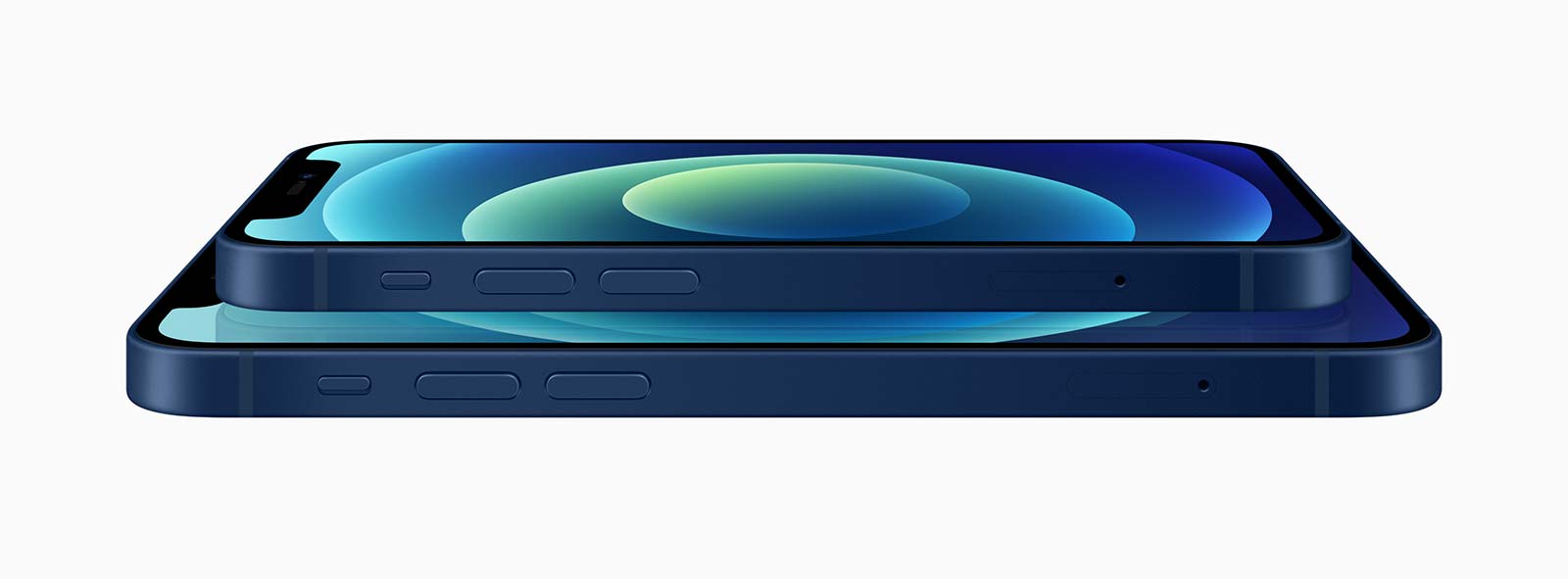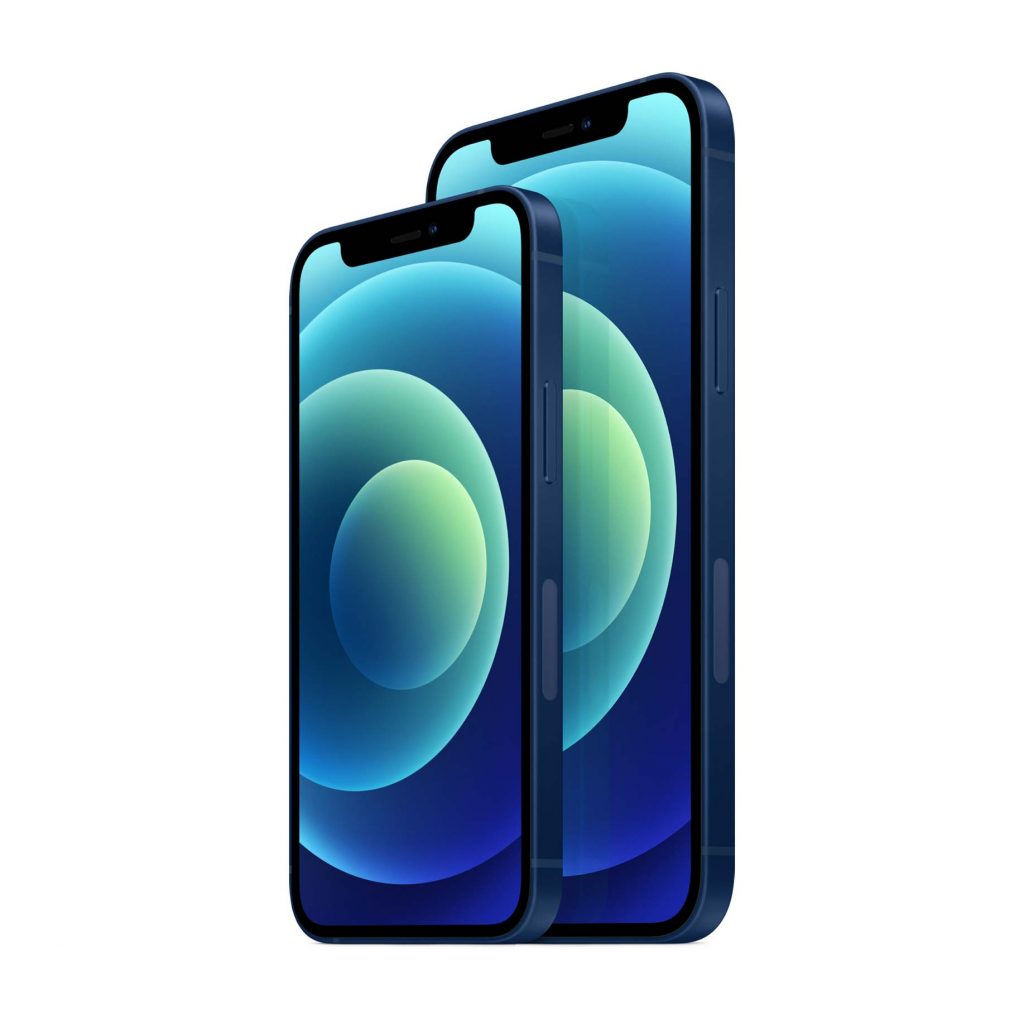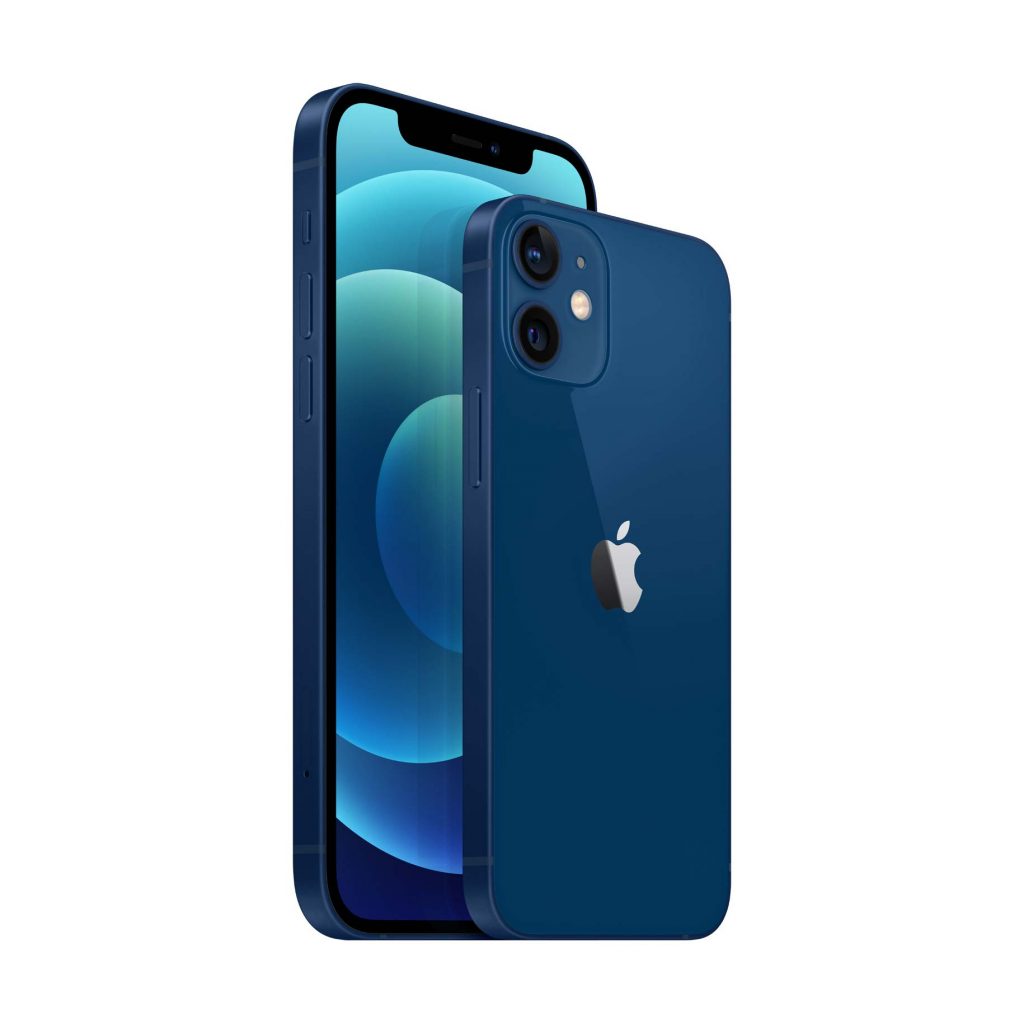A tiny take on a flagship iPhone returns this year, and it might just offer one of the most hand-friendly 5G experiences around.
You don’t have to look very far to find bit phones are all the rage, but these days, smaller phones are much harder to find. Big screens dominate practically everything, with the larger 5.8 inch to 6.7 inch screens found in the hands of so many, so it can be hard to imagine that phones were at one point sized to actually match the hands people have attached to them.
These days, phones offer big screens partly to deliver a bigger experience, but also because it allows companies to throw in bigger batteries overall. A big screen means you get a larger view of the web, a more spacious screen for that camera, and of course a more sizeable use of what lies under the hood, with room for both the technology powering it and the very thing that keeps it running, a battery sized to match.
But those big screen sizes can also make a dent on what people carry and where they store it, affecting outlines into pants and the comfort with which they use a phone. As such, in recent years, smaller phones have taken a bit of a backseat, with more compact devices often relegate to lower end devices.
This year, however, that has seen a bit of a change, partly thanks to Apple.
With the launch of the updated iPhone SE earlier in the year, the small phone managed to get much of the goods that made the iPhone 11 so impressive, but do it with one camera instead of two, and with a battery you just knew was small, but didn’t necessarily care.
The iPhone SE was small and capable, which for many is exactly what they wanted.
And in 2020, Apple appears game to continue the approach, building another small iPhone in the same style of its new iPhone 12. It won’t be called the “SE”, though, because now there’s an iPhone 12 Mini, and it’s more or less what it says on the name.
Like the newly launched iPhone 12, the iPhone 12 Mini is a pint-sized take on the new iPhone for everybody, pretty much offering a difference in screen size, weight, and battery life, but keeping everything else the same.
Comparing the iPhone 12 and the iPhone 12 Mini, you’ll find identical hardware, with Apple’s 16-core A14 Bionic processor, and either 64GB, 128GB, or 256GB storage, plus support for 802.11a/b/g/n/ac/ax WiFi 6, Bluetooth 5, Apple Pay and NFC, GPS, and that new shiny support for 5G.
Identical to the iPhone 12, the 12 Mini supports two cameras — wide and ultra-wide — and features the 12 megapixel front-facing camera, too, with wireless charging and water resistance there, as well.
But unlike the standard iPhone 12, the iPhone 12 Mini is smaller. Much smaller.
Both get an OLED screen, but the iPhone 12 Mini gets a 5.4 inch screen sporting the Full HD+ resolution of 2340×1080, while the weight is also reduced another 30-odd grams, dropping from the 162 grams of the iPhone 12 down to 133 grams in the iPhone 12 Mini.
In essence, it really is a miniature version of the iPhone 12.
And as such, it may well be one of the smallest 5G phones you can find. We’re not sure we’ve seen 5G drop this close to a 5 inch norm, and that may make it the most compact take on 5G you’ll be able to find, though the iPhone 12 Mini will be sub-6 5G in Australia, missing out on the mmWave option our friends in the US will receive.
“The arrival of 5G marks the beginning of a new era for iPhone and we’re thrilled to bring these impressive new capabilities to our customers with iPhone 12 and iPhone 12 Mini,” said Greg Joswiak, Senior Vice President of Worldwide Marketing at Apple.
There’s one other thing that gets a little smaller with the iPhone 12 Mini, and that’s pricing: in Australia, the iPhone 12 Mini will start from $1199, the same price as where the iPhone 11 started from in 2019. Australians can expect it to go on sale a little later than the iPhone 12, with pre-orders rolling on November 7, and release a few days later on November 13.









